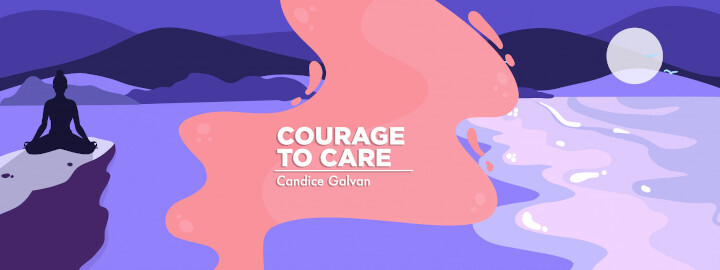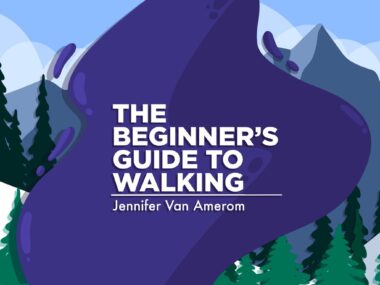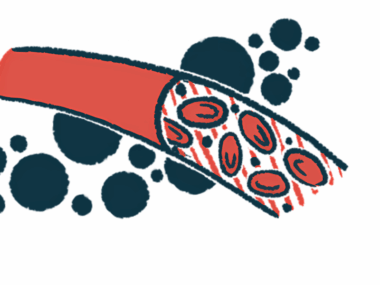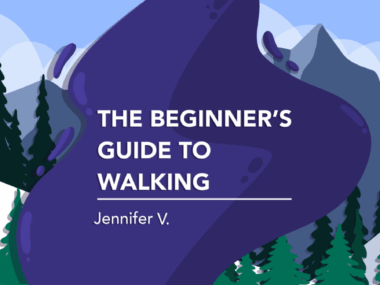Access to care and health equity are crucial for all NMOSD patients
A September rare disease conference in California will explore these issues
Written by |

Living in a big city like Denver has always had its perks. My office downtown is but a 10-minute drive from home, our food scene is incredible, and the city is diverse and always growing. And one of the biggest blessings of living in Denver is having good access to healthcare and medical facilities.
In our case, in fact, I believe to this day that our ability to access care and specialists saved the life of my youngest daughter, Bella, who was diagnosed with neuromyelitis optica spectrum disorder (NMOSD) in 2017.
The time between Bella’s first symptoms and diagnosis was about two weeks. In the NMOSD world, getting a diagnosis that quickly is almost unheard of. Little did I know at the time, but taking her to Children’s Hospital Colorado likely saved her life because it had multiple NMOSD specialists.
Bella’s care team was large, and her providers consulted and teamed up with NMOSD specialists from the University of Colorado Hospital, which is next to Children’s Hospital. Bella’s team suspected NMOSD, and while the Mayo Clinic evaluated her tests, her doctors began treating her with plasmapheresis, steroids, and rituximab (sold as Rituxan, among others).
Fast forward to 2023, almost six years after Bella’s diagnosis: She’s now 15, preparing for 10th grade, and, despite some residual NMOSD symptoms, thriving and healthy. Her providers continue to learn from her journey, and from my caregiving journey as well.
While we’ve been lucky and blessed over these past six years, I’ve learned from others that their access to care and health equity has been a much different experience. Some NMOSD patients, for example, live in small towns where neurologists are scarce, NMOSD knowledge is minimal, and the drive to a specialist can take hours, even to other states.
Some patients with this disease also live in underserved and underrepresented communities. These patients may not have the resources to get to a doctor, or they might not be able to afford treatment.
Many people familiar with NMOSD are aware that getting a proper diagnosis and treatment should happen as quickly as possible. Time spent waiting for those can mean blindness, partial paralysis, or both. In the worst case, it can cost a life.
Making a difference
I’ve also learned about rare disease organizations like Global Genes, which in 2021 partnered with the Rare Disease Diversity Coalition to help advance health equity. The partnership brought together interested parties at that year’s RARE Health Equity Summit to discuss varied topics, including challenges faced by underserved and underrepresented patients when seeking proper diagnoses, ways to help healthcare reduce its racial disparities, and the creation of research programs that will include more minorities.
This Sept. 18-21, Global Genes will hold the Week in RARE, a four-day event at the Sheraton Harbor Island and Sheraton San Diego Hotel & Marina. Many of its events will focus on health equity in the rare disease community. I was recently honored to be invited to take part in the RARE Health Equity Forum, part of the Week in RARE, as an NMOSD advocate. I’ll share my knowledge of NMOSD through the prism of Bella’s journey.
Six years ago, my daughter’s diagnosis made our family’s life terrifying, incredibly stressful, and full of unknowns. I promised her that I’d do all I could to learn about the illness and make sure she received the care she needs to live a long, healthy life. Not only have I kept that promise, but I’ve extended it to others in the NMOSD community who face the same challenge — no matter their age, race, religion, or gender.
I dream that the rare disease community’s voice will be heard and that change will come, especially among those who need resources the most. While I’m both nervous and excited about this speaking opportunity, I know I’m strong because I have the courage to care.
Note: Neuromyelitis News is strictly a news and information website about the disease. It does not provide medical advice, diagnosis, or treatment. This content is not intended to be a substitute for professional medical advice, diagnosis, or treatment. Always seek the advice of your physician or other qualified health providers with any questions you may have regarding a medical condition. Never disregard professional medical advice or delay in seeking it because of something you have read on this website. The opinions expressed in this column are not those of Neuromyelitis News or its parent company, Bionews, and are intended to spark discussion about issues pertaining to neuromyelitis optica spectrum disorder (NMOSD).







Leave a comment
Fill in the required fields to post. Your email address will not be published.